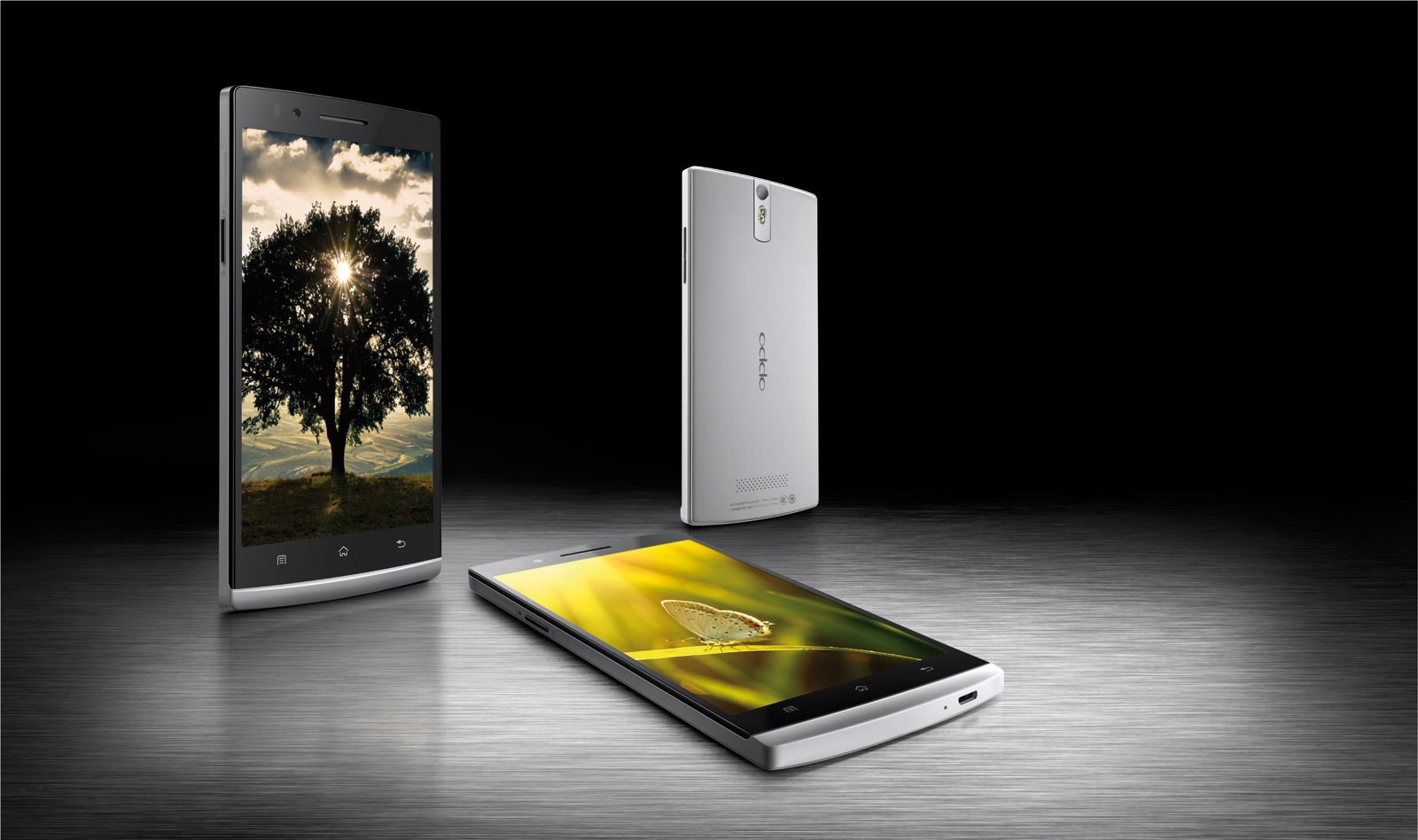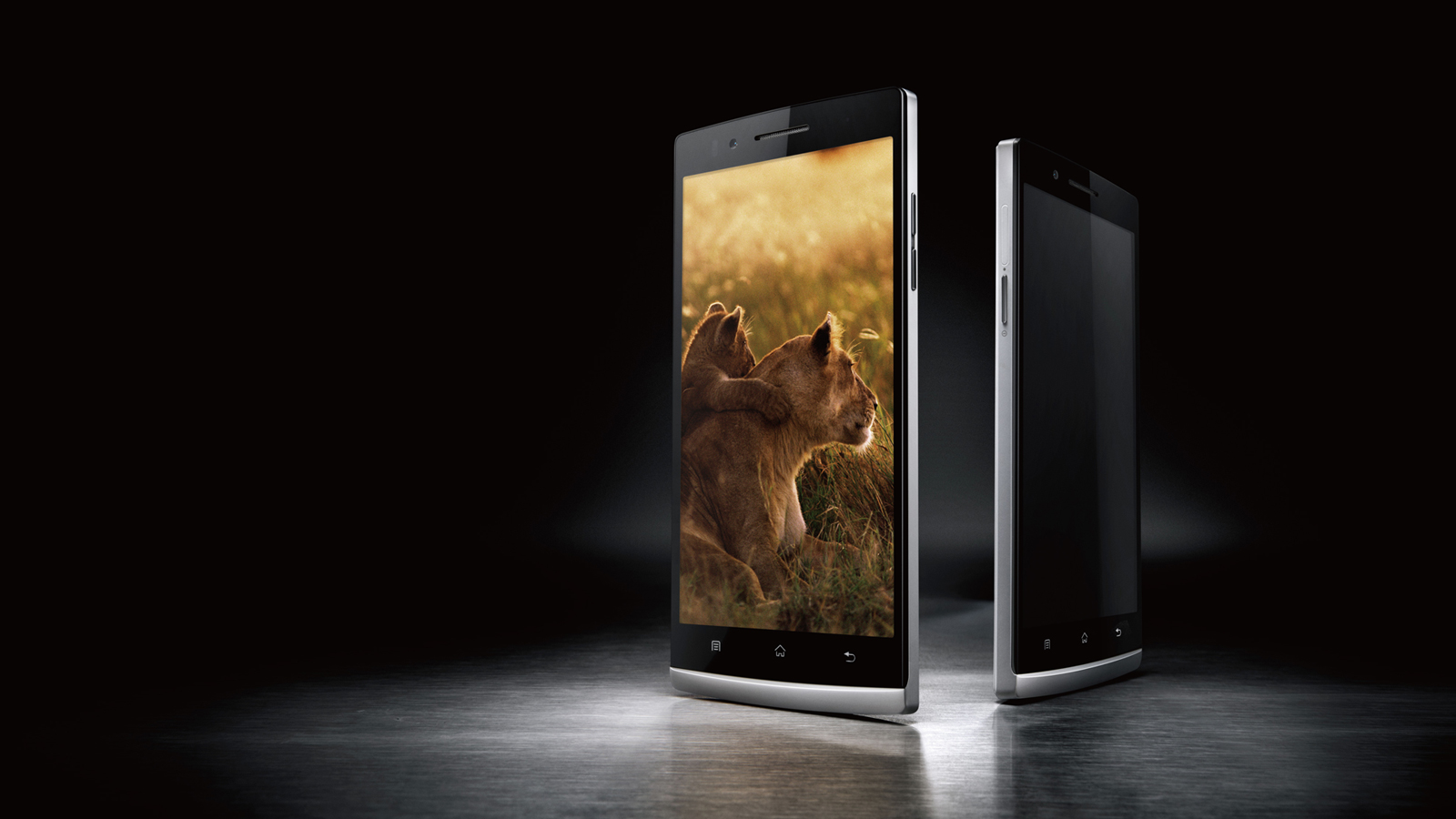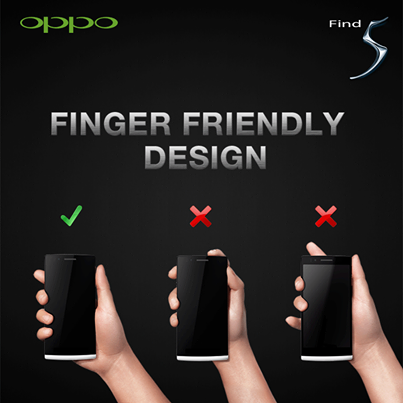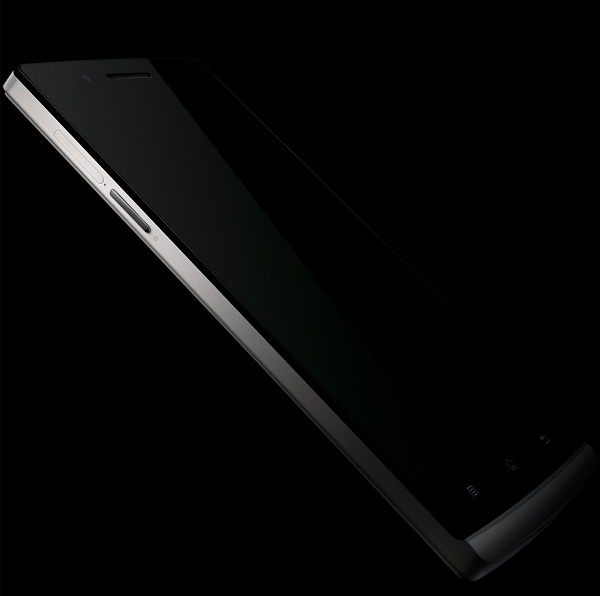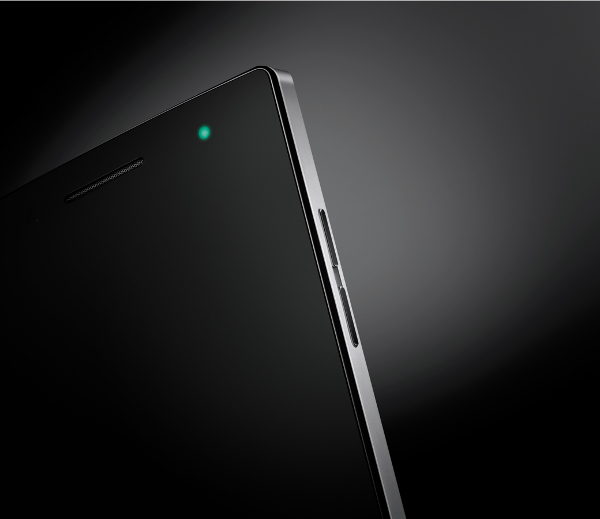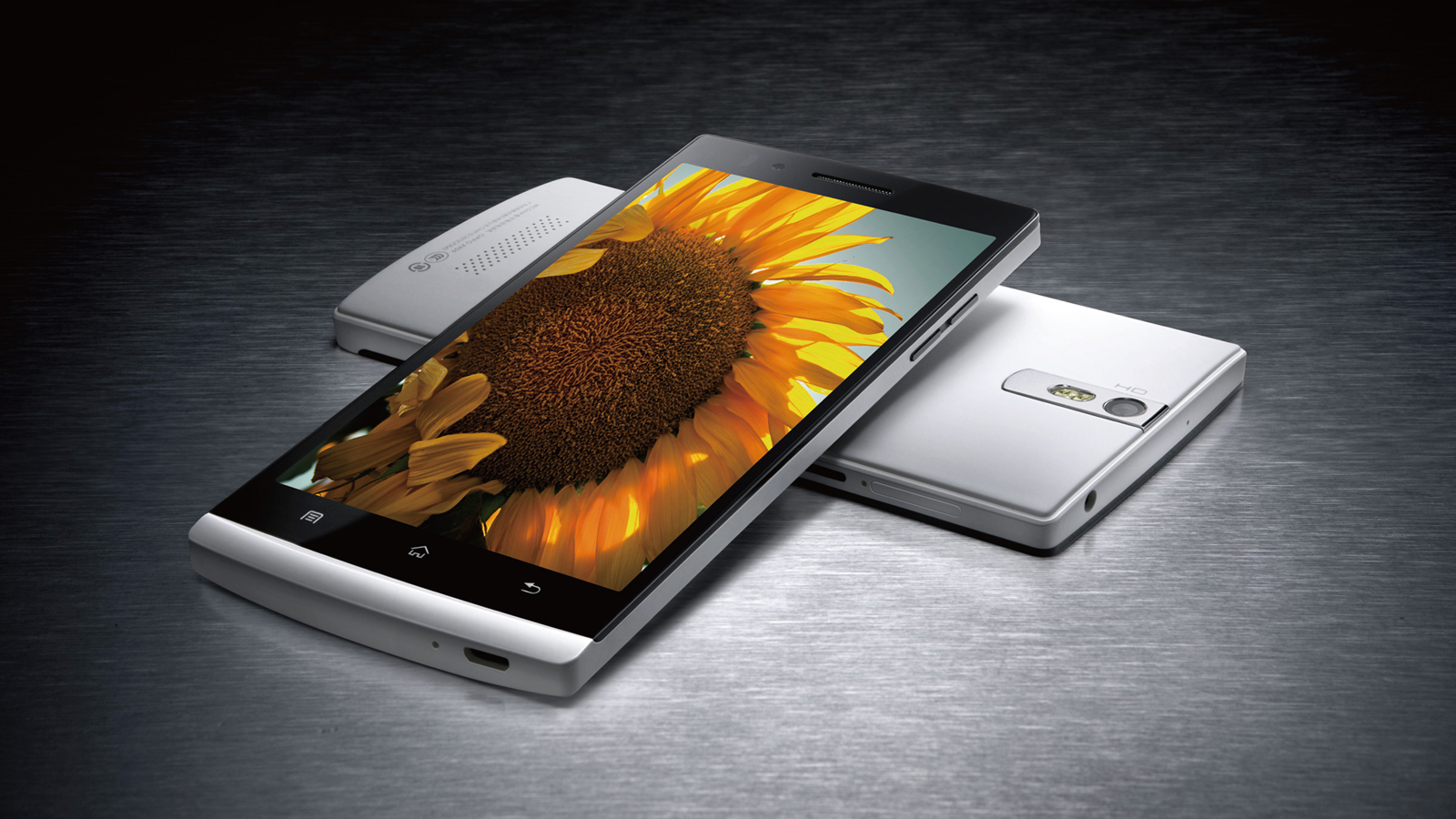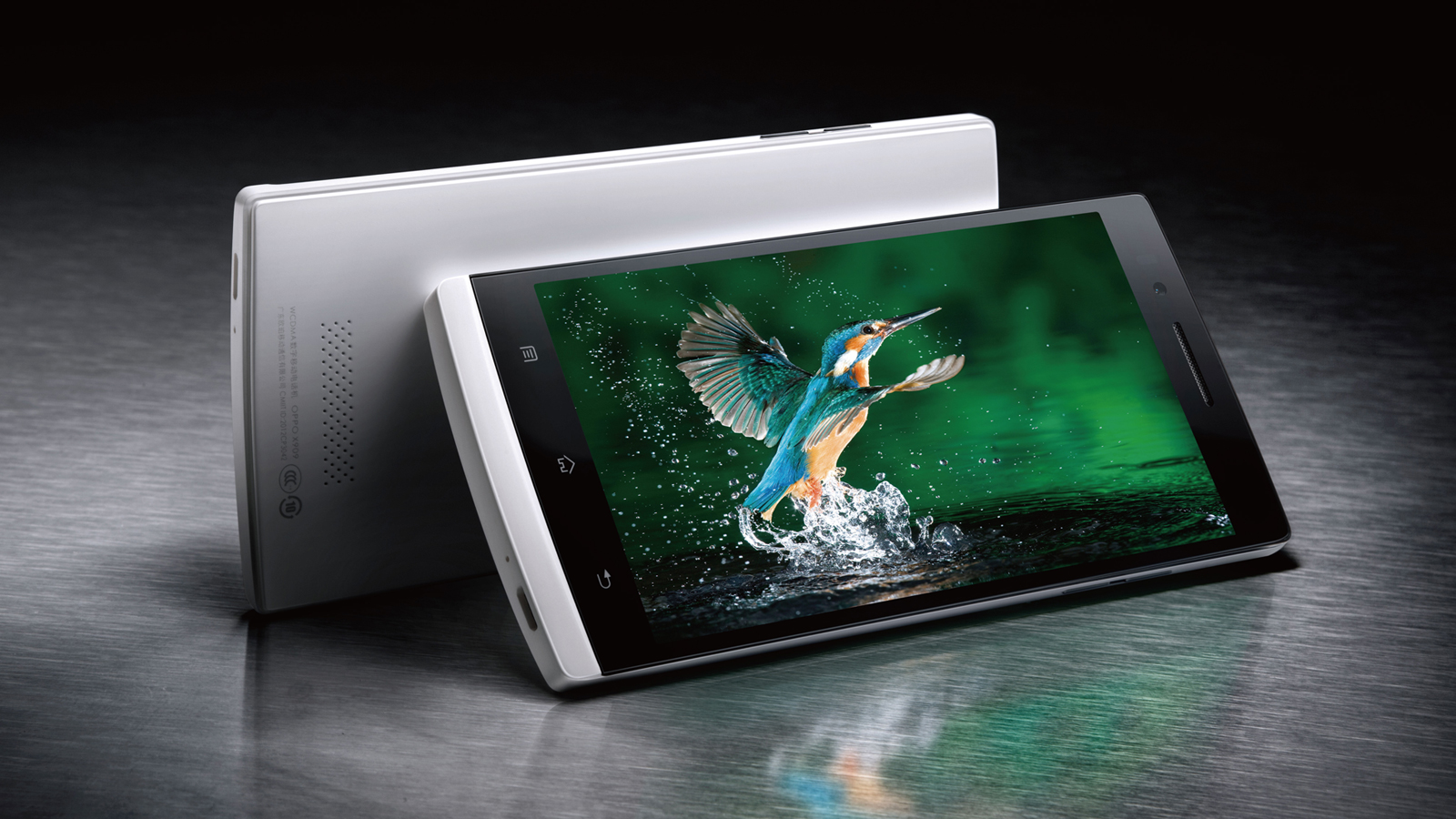Oppo Find 5 Review: A Phone Of Firsts From A Brand To Watch
Has a relatively unknown Chinese manufacturer of high-end home theater equipment actually created a flagship Android smartphone capable of going head to head with the industry's established heavyweights? We take Oppo's S4 Pro-powered Find 5 for a spin.
Exterior: Buttons And Display
Look And Feel
If we were to describe the Find 5's external hardware with one word, we'd choose sturdy. Forget those preconceptions about Chinese quality; this is one the most well-built devices we've come across, offering an unequivocally premium look and feel that is often missing in high-end Android phones.
With the obvious exception of the front, which is mostly monopolized by the five-inch display, the phone's exterior is constructed from a matte finish thermoplastic polymer that is supported by a stainless steel frame. The Find 5's chassis offers an understated aesthetic that includes chamfered edges, a subtly curved rear and front chin, discrete company branding, and a very slim 3.5 mm front bezel that gives the impression of a borderless display when the screen is off.
Whilst the presence of a large display may raise concerns about this phone being unwieldy, the Find 5’s curved back, tactile materials, and relatively compact dimensions (specifically the 8.9 mm thickness) allows it to maintain a comfortable form factor that feels at home in the hand and in the pocket. In fact, the Find 5’s only significant portability concern is its considerable 165 g weight, which is 22 g more than the aluminum HTC One and 35 g heavier than the polycarbonate Samsung Galaxy S4. While this could be an issue for users who prioritize the weight of their smartphones, the Find 5’s substantial heft contributes to its premium feel. The tradeoff is worthwhile for the device’s overall sturdiness and superb build quality.
Buttons And Ports
With regards to the physical button layout, Oppo describes the Find 5 as having "Finger-Friendly Design". This is always going to be a highly subjective topic, and ultimately the issue is fairly minor, but we're not convinced that putting the power and volume buttons on opposite sides of the device was the best choice. Alternatively, having all three buttons on one side or the other allows them to be manipulated by one finger instead of two.
The Find 5’s power button is located towards the upper left-hand side, right below the phone’s microSIM card port.
The volume buttons occupy the upper right-hand side of the handset.
Up top, you find a 3.5 mm stereo headset jack towards the left and a pinhole microphone in the right-center. Meanwhile, the bottom of the Find 5 houses a microUSB port for charging and connecting to a PC, along with a pinhole microphone.
Get Tom's Hardware's best news and in-depth reviews, straight to your inbox.
Around back, you find the unit’s 13 MP rear-facing camera with its dual-LED flash toward the top, and a stereo speaker at the bottom.
Although it's dominated by that massive display, the front of the Find 5 has three capacitive navigation buttons (menu, home, and back) below the screen, along with a 1.9 MP front-facing camera, ambient light sensor, and speaker above the screen. As for the display itself, Oppo evidently selected a Sharp IPS panel, which offers excellent viewing angles, crisp image quality, and good outdoor visibility. The display features a native resolution of 1920x1080, which translates to a pixel density of 441 ppi, and is capable of displaying 16 million colors. We'll circle back to the display in a few pages when we compare its performance to other previous- and current-gen smartphones.
Current page: Exterior: Buttons And Display
Prev Page Oppo Find 5: An Android-Based Smartphone You Won't Find On Shelves Next Page Internal Hardware, Cameras, And AudioTarun Iyer was a contributor for Tom's Hardware who wrote news covering a wide range of technology topics, including processors, graphics cards, cooling systems, and computer peripherals. He also covered tech trends such as the development of adaptive all-in-one PCs.
-
Mr Fender Hey guys, you forgot about their ColorOS - now it's basically the official firmware of OPPO Find5.Reply -
marclee37 I live in Hong Kong ssp, I see there are much many other China brand good looking good quality Android phones- 2gb ram is a norm, 3gb ram started to appear. 1080 screen, 5" screen, 13M cam, these are basic general spec, for price no more than US$320.Reply -
house70 Being unlocked, it is a perfect go-to phone for trips abroad. As far as hardware, the only "downside" is the lack of LTE bands in it's radio.Reply
SOftware is where it lacks, though. I got this because Oppo promised frequent updates to the OS, and TBH the Android-based variant it came with was not too bad of an experience. Then it became clear that the development team does not really know what they're doing (same minor but annoying bugs with every release, now barely coming through with 4.2, etc). They could have given CyanogenMod the kernel and drivers and let them pick up the development. CM-based ROMs are functional, but still plagued by bugs that come from lack of access to proprietary code.
Basically, their approach (at one point there were 2 or 3 versions of ROMs in development, none out of a beta state) stretched them way too thin, and it shows.
Last but not least, ignoring many requests of just embracing AOSP and let the plethora of apps do the rest was not a smart move on Oppo's part. -
danlw As an Audioholic, I have heard of the Oppo name. Their Blu-Ray players are considered by many in the high-end community to be top quality. In fact, Lexicon, a maker of ultra-elite electronics, actually stuck a $500 Oppo BDP-83 inside a new case and sold it for $3,500! (Audioholics: Lexicon BD-30 Blu-Ray Player (Oppo BDP-83 Clone) Review)Reply
With this phone, however, I doubt Apple will stick it inside their own chassis and call it ther own. It is mildly interesting, but as is often the case, forays into new market segments by otherwise high quality manufacturers are often precarious.
By all means, get an Oppo Blu-Ray player. As far as the phone, they need to get through their growing pains. -
programit Why isn't the phone compared to current versions of others. I see you put it against the latest iphone and a 16 month old dates Samsung S3. Why not the S4 or Note3 which are current models and hence what it is up against.Reply
It seemed a bit biased and not truly giving a comparison with current market phones. -
nebun got to love the iPhone 5s....like it or not....it's the best all around...the benches speak for themselves...did it mention "NO CRAPWARE and FAST OS UPDATES"Reply
